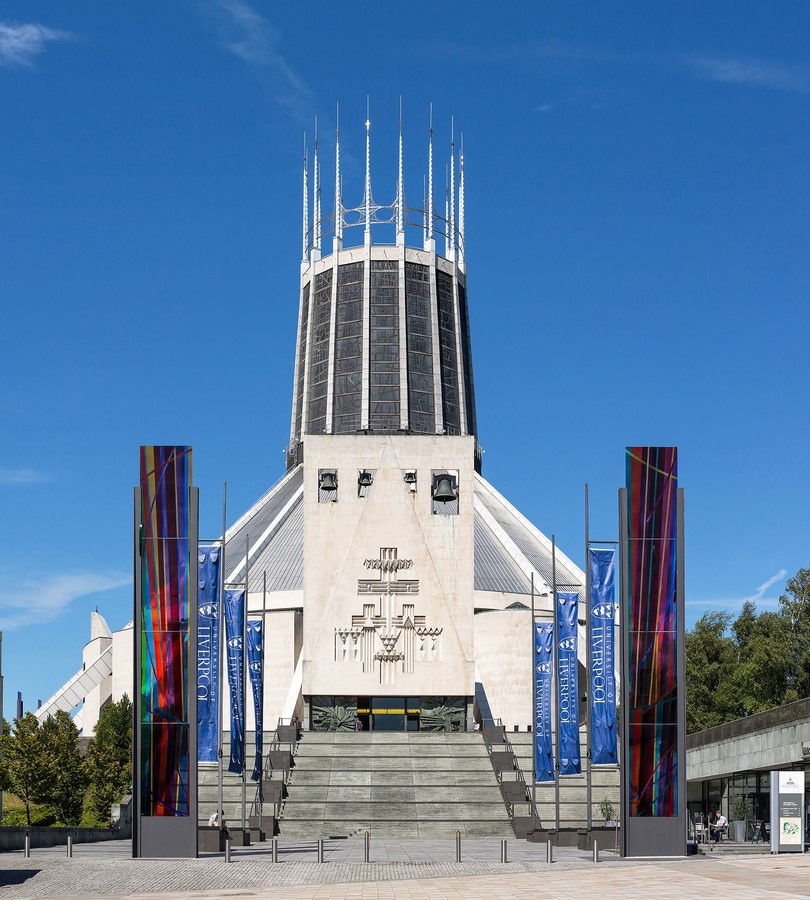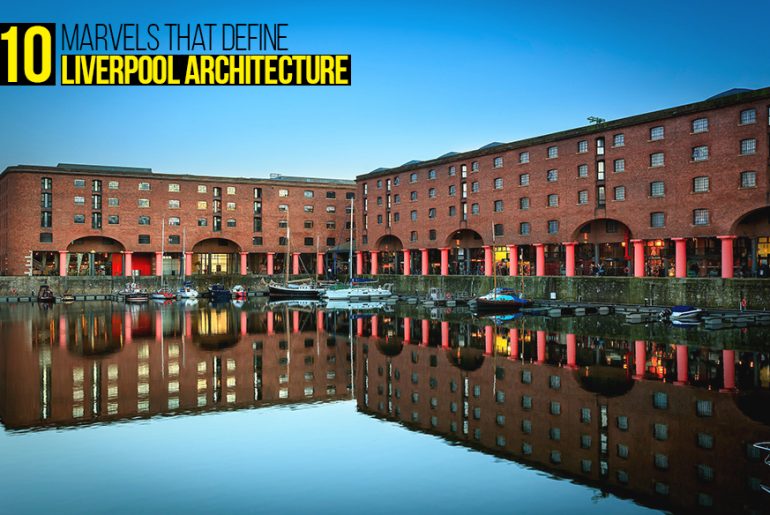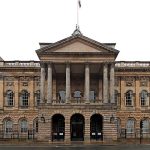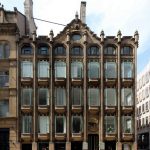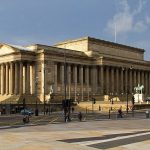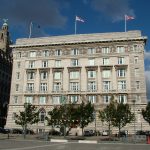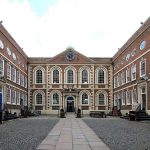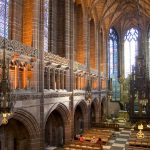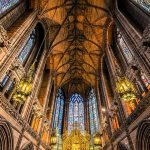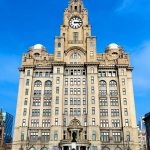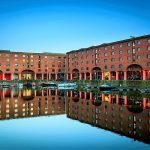Liverpool is a city with a diversified urban pattern. Distinct architectural marvels adorn this city like jewels, with their respective impacts on the urban population and their microcosm. From neo-gothic to classicism and modern to neo-futurism, Liverpool boasts every style of architecture that the architects can conceive. The journey of Liverpool, from an old medieval city to a major port for the British Empire, is one of remarkable transition and significant historical value. The oldest surviving building in Liverpool, the Bluecoat Chambers, was erected in 1716-18, remarkably close to the first English ports on the British colonies of the western Indian subcontinent. It suggests that Liverpool architecture was evolving parallel to the British Empire, building on its successes and the colonies throughout the 17th and 18th Centuries. With over 2500 listed buildings in the English Heritage register, Liverpool is considered one of England’s finest Victorian cities.
“Liverpool not only tells the story of its importance as one of the World’s great ports or about its cultural influence, such as with the Beatles phenomenon. It also serves as a meeting point for History, the People of Liverpool and visitors from around the globe.” – 3XN (Architects)
1. Liverpool Town Hall | Liverpool Architecture
Completed: 1754
Architect: John Wood -the Elder, John Foster, James Wyatt
Style: Georgian
At the heart of Liverpool lies a Grade I heritage building, The Liverpool Town Hall. This civic suite was constructed in the mid-18th-century and is appraised as one of the finest surviving 18th-century town halls and planned according to the strict principles of Georgian Architecture, the dominant style of 18th-century English architects. With its rigid symmetry in building mass and door-window placement along with decorative window headers, this brick, stone and stucco establishment is a gem of English architecture.
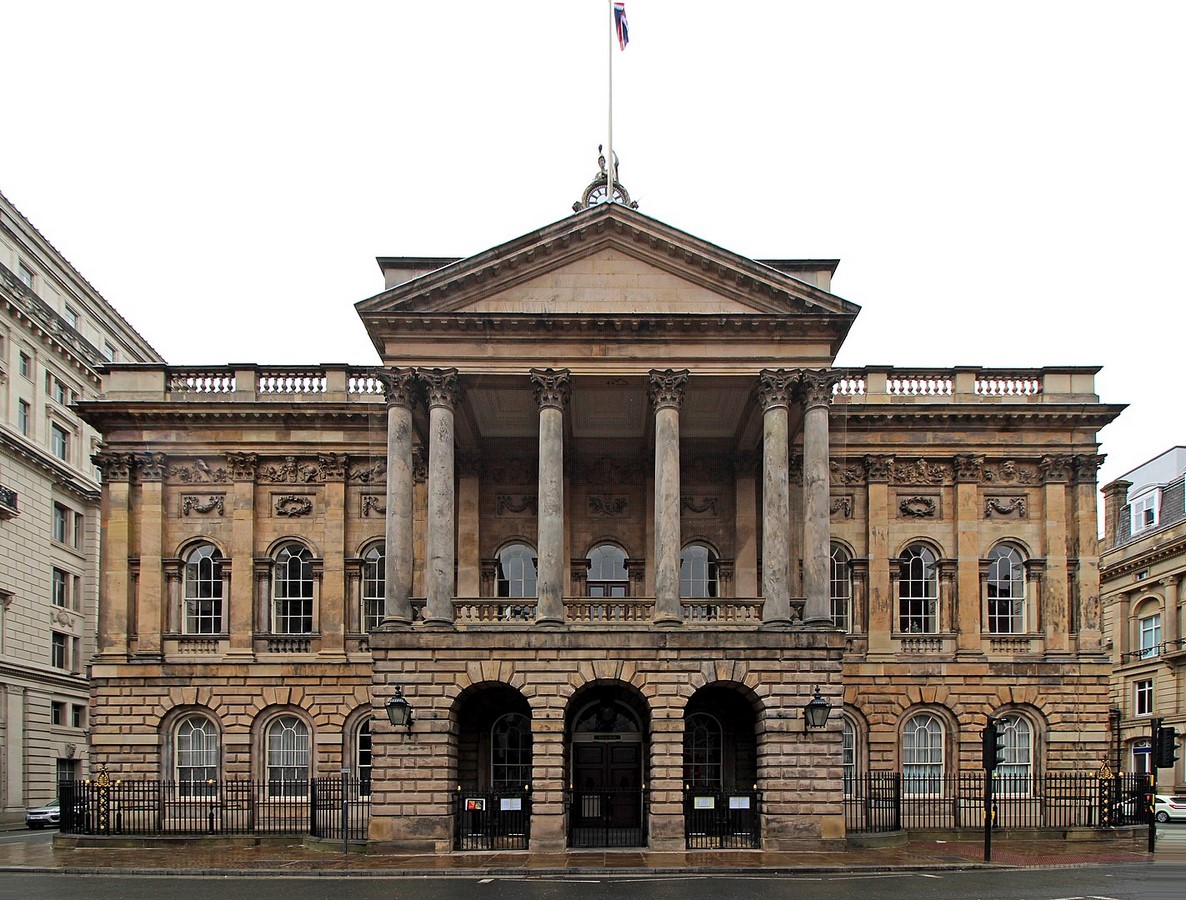
2. Oriel Chambers
Completed: 1864
Architect: Peter Ellis
Style: Victorian
Less than a block away, west of Liverpool Town Hall, stands a wonder of 19th-Century architecture. The Oriel Chambers is an office building so remarkable in stature and appeal that in 1966, it was declared as a Grade I heritage building, to be protected and preserved at all times. Oriel Chambers was also the first-ever building to feature a complete metal-framed glass curtain wall, along with glorious Oriel Windows, the character that gave the building its name. The importance of this architecture was not lost to the contemporaries of Peter Ellis. And it is often regarded as a precursor to the modern skyscraper, at least a quarter-century before its inception.
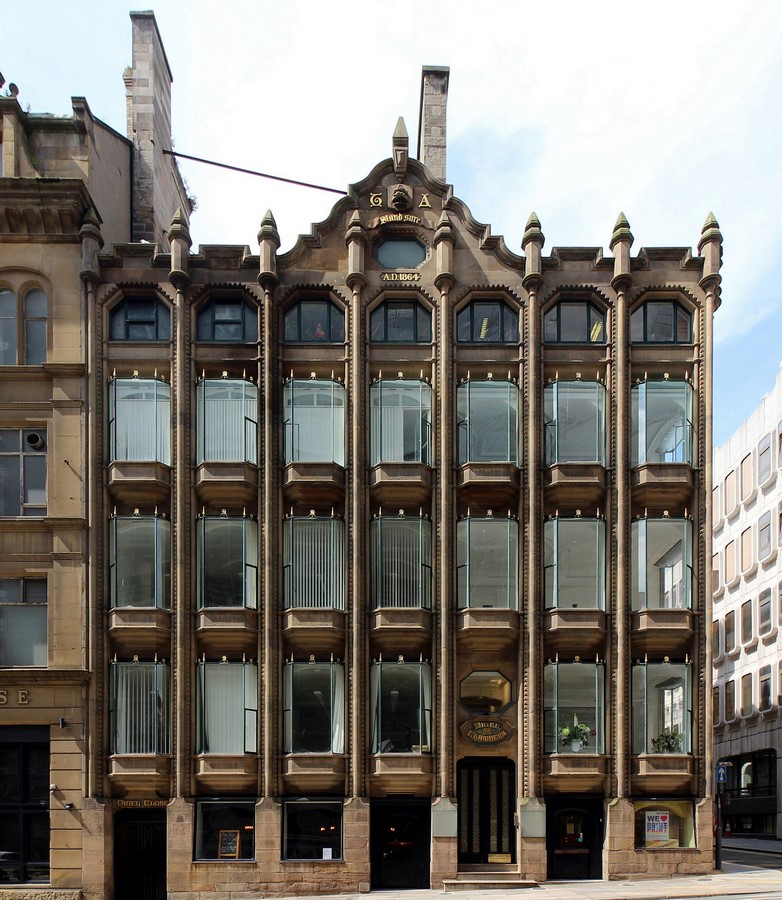
3. St. George’s Hall | Liverpool Architecture
Completed: 1854
Architect: Harvey Lonsdale Elmes and Charles Cockerell
Style: Neoclassical
Just opposite the iconic Lime Street railway station in the centre of Liverpool is another iconic structure. St. George Hall is a Neoclassical-style building that opened its doors in 1854 and is home to performance halls and law courts of imposing proportions. The National Heritage List for England has designated this iconic Liverpool structure as a Grade I listed building designed by architects Harvey Lonsdale Elmes and Charles Cockerell. This neoclassical masterpiece, crafted in stone, is a perfect example of the revival of Greek orders and principles during the last classical rebirth in the English speaking world. Indefectible proportions and excruciating details define this marvel of Liverpool.
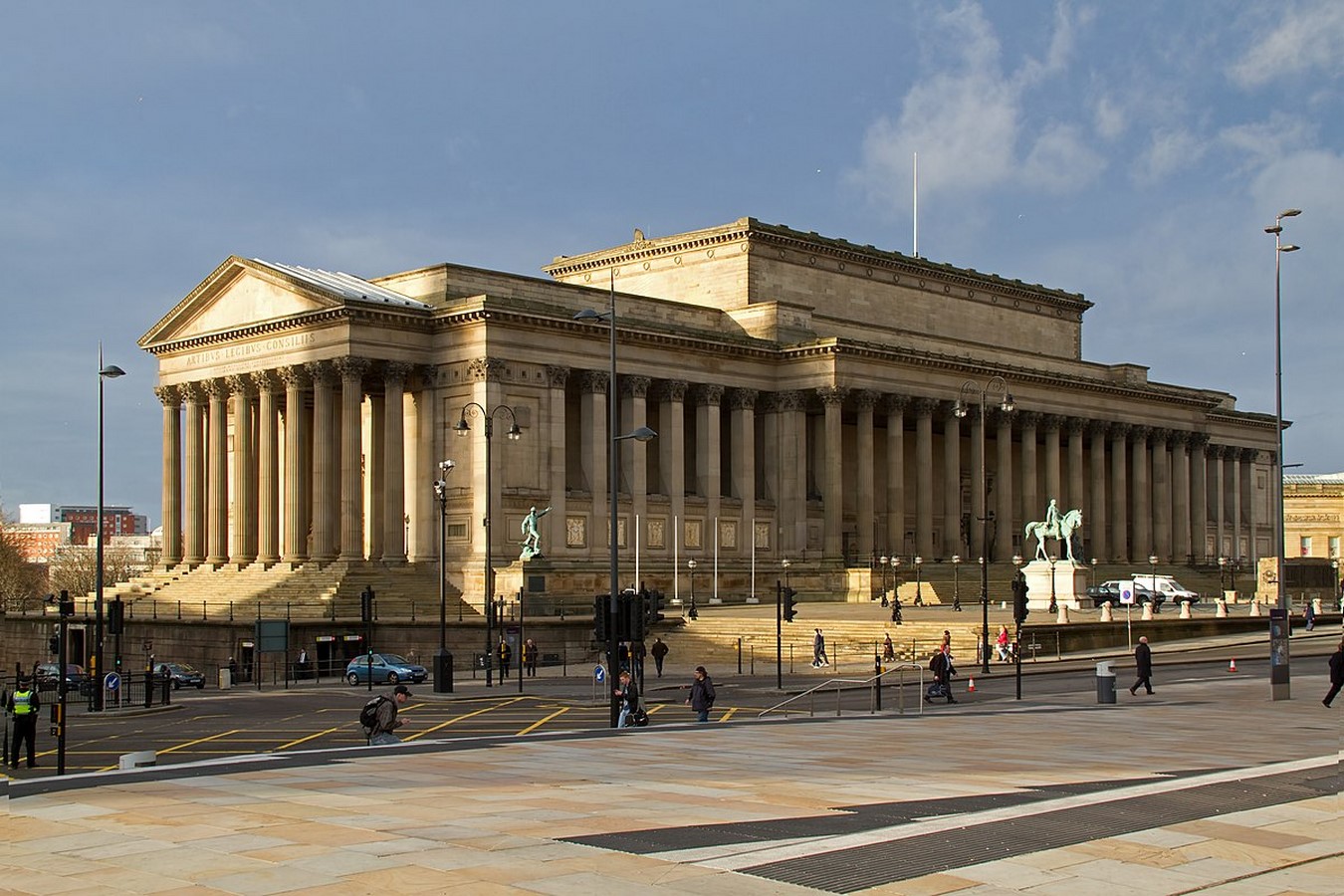
4. Cunard Building
Completed: 1917
Architect: William Edward Willink and Philip Coldwell Thicknesse
Style: Italian Renaissance and Greek Revival
During the first half of the 20th Century, the modern movement was still in its infancy, where architects were finding it difficult to move on from the classical masters of the old world. To them, the avid followers and the pilgrims of Renaissance and Greek masters, the modern movement seemed dull, boring and blasphemous, for it lacked the exquisite intricacy of the classical designs. The Cunard building, located at Water Street, Liverpool, is an excellent and one of the few examples of perfect Greek revival and the rebirth of Renaissance ideas in the modern age. The Cunard Building is distinguishable by its highly formal characteristics of structure and aesthetics. The entire elevation resonating with Greek temples of antiquity is comprised of three parts- the base, column and the entablature. And from its sturdy crepidoma to the deftly detailed entablature, it is a perfect example of greek design principles in a modern context.
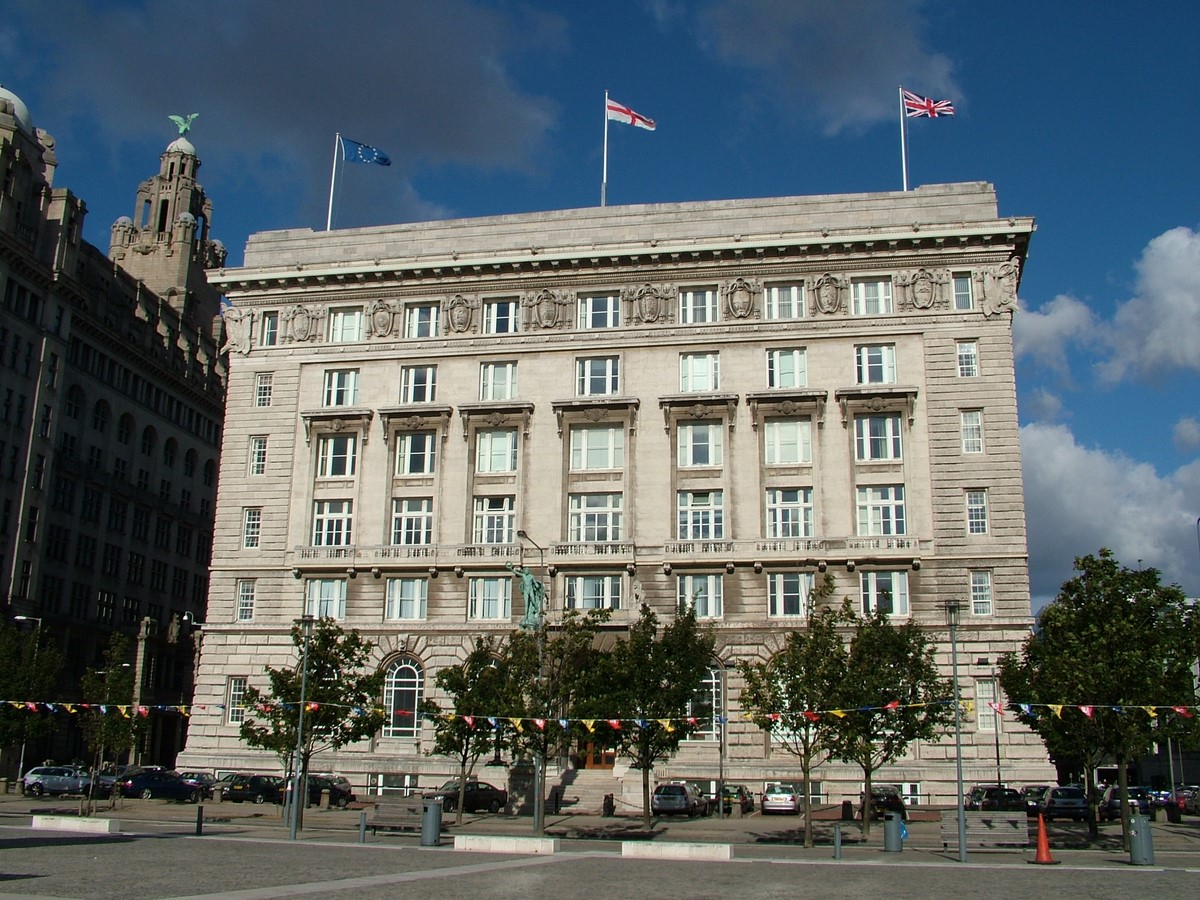
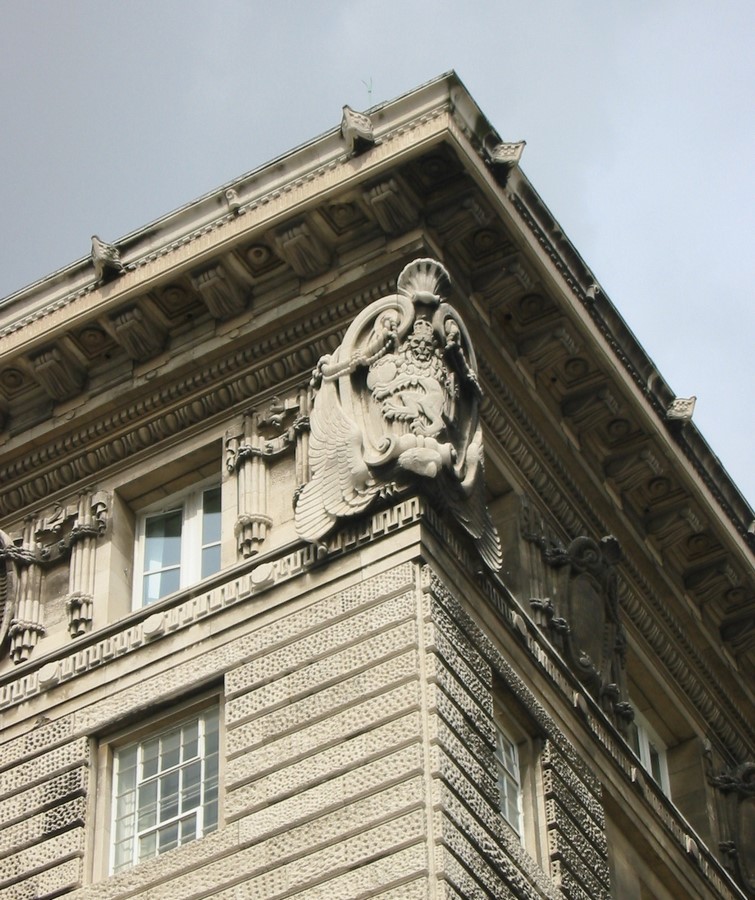
5. Bluecoat Chambers | Liverpool Architecture
Completed: 1725
Architect: Unknown
Style: Queen Anne
Originally built as a charity school, this English masterpiece, designed in the lesser-known style of Queen Anne, is the oldest surviving building in Liverpool. Popularly known as the English Baroque, this style is characterized by bilateral symmetry, with an Italianate or Palladian-derived pediment on the front elevation. The colour palette plays a crucial role and thus was carefully selected to contrast the red brick walls, with fine detailing done in lighter colour stone, with rich carvings. This technique was used by Christopher Wren most famously in the design of The Brook House. It resulted in producing exquisitely detailed and rich facades while facing considerably fewer costs when compared to using stone throughout.
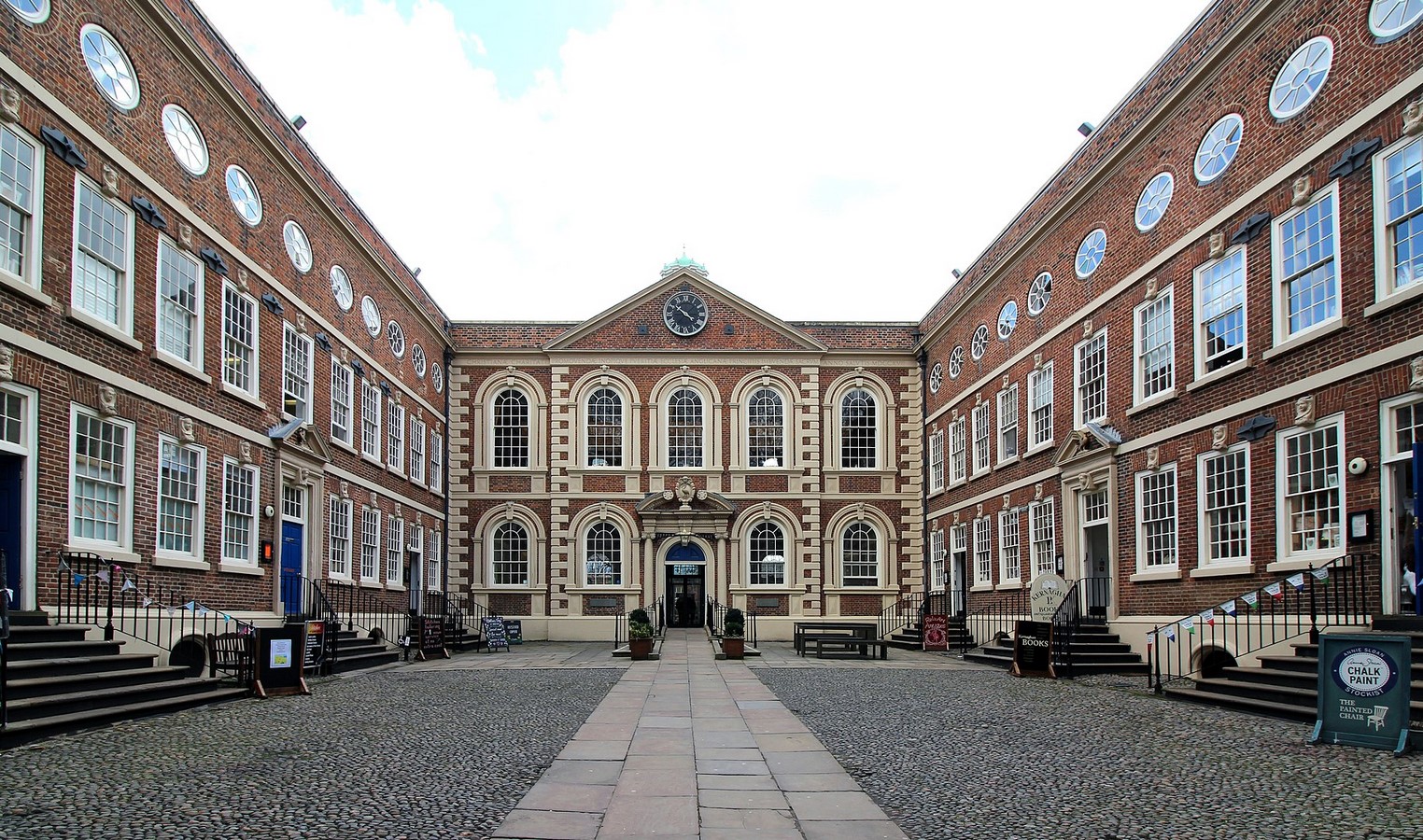
6. Liverpool Anglican Cathedral
Completed: 1904-78
Architect: Sir Giles Gilbert Scott
Style: Gothic Revival
One can find it difficult to fathom that such a breathtaking church was conceived in modern times, parallel to most of the skyscrapers that we see today. The Liverpool Anglican Church is one of the last efforts at the gothic revival ideas as far as churches of this scale go. This masterpiece took as long to erect as its medieval counterparts, with construction going on for more than three-quarters of a century! It holds the title of being the longest church in the world, at 189m, along with having the highest and widest gothic arches in existence, a feat so remarkable that even the Great Medieval churches, with centuries of church building expertise, could not beat.
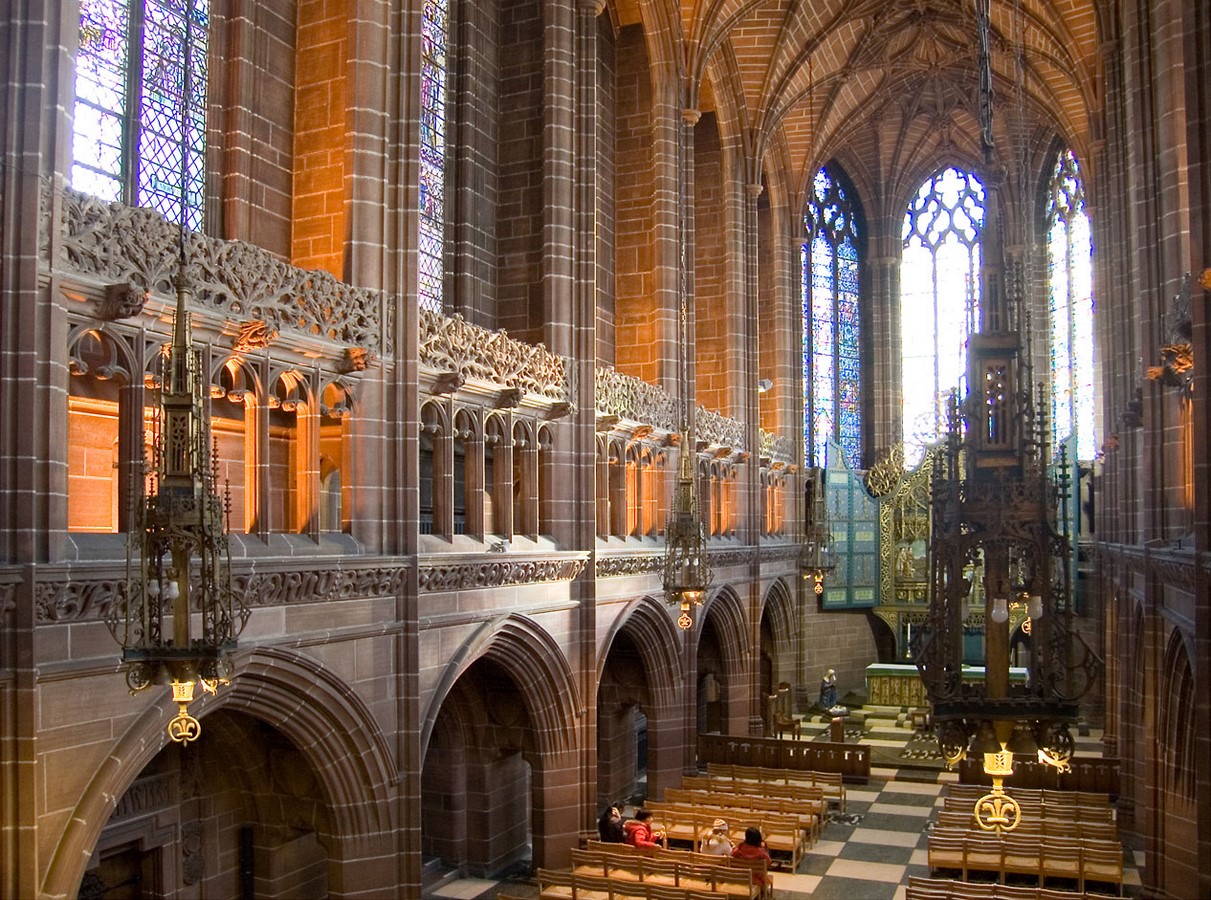
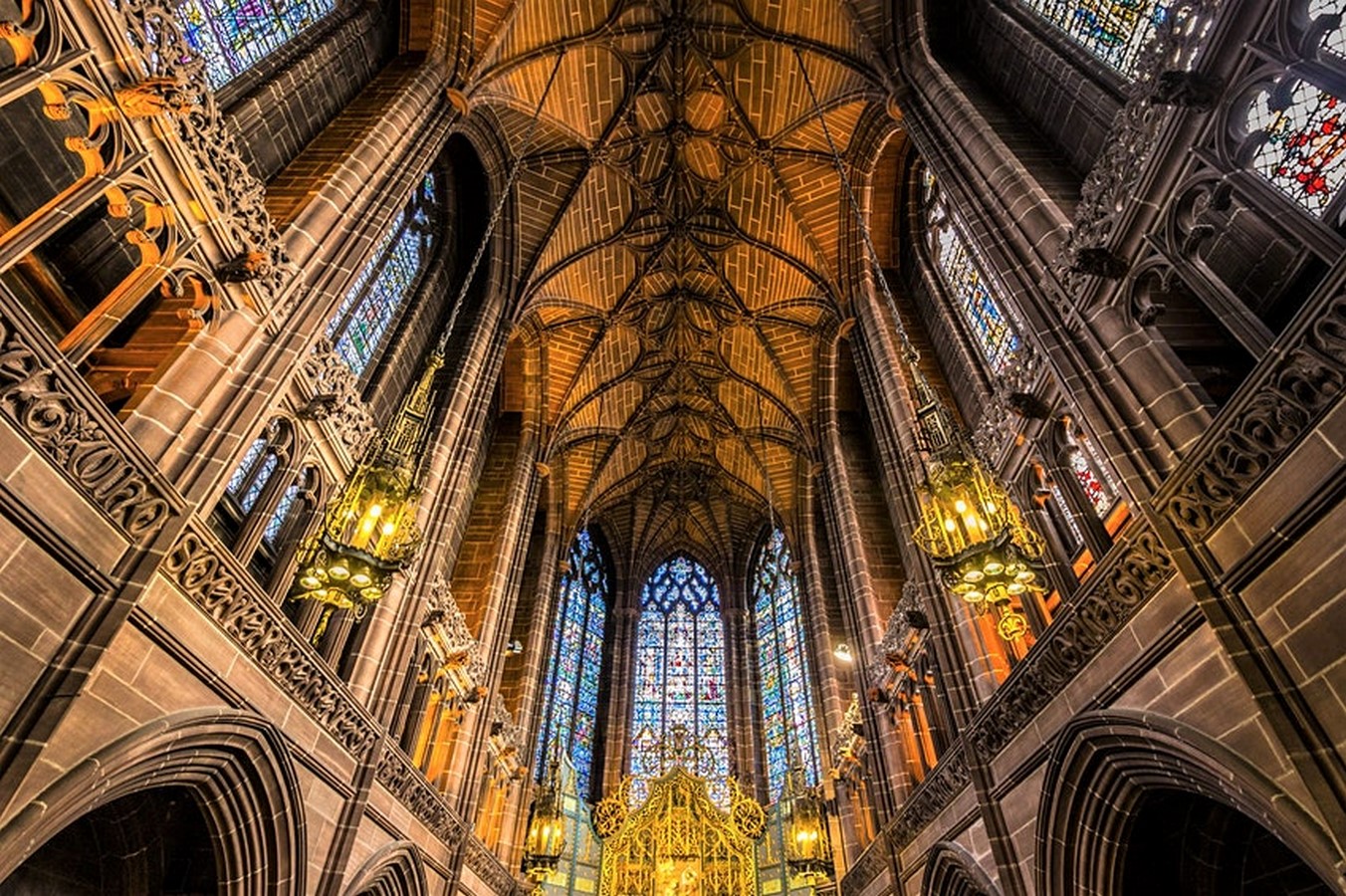
7. Royal Liver Building
Completed: 1911
Architect: Walter Aubrey Thomas
Style: Baroque, Byzantine
The Royal Liver Building on Water Street was a first of its kind, built with a novel material palette of reinforced concrete and granite. Endowed with a clock-face larger than London’s Big Ben, it is also the United Kingdom’s first skyscraper. Designed with perfect symmetry on all sides and with Byzantine and Baroque influences, the Liver building is part of The Three Graces, a set of three buildings that count among the towns most beautiful and stately ones, namely- Royal Liver Building, Cunard Building and The Port of Liverpool.
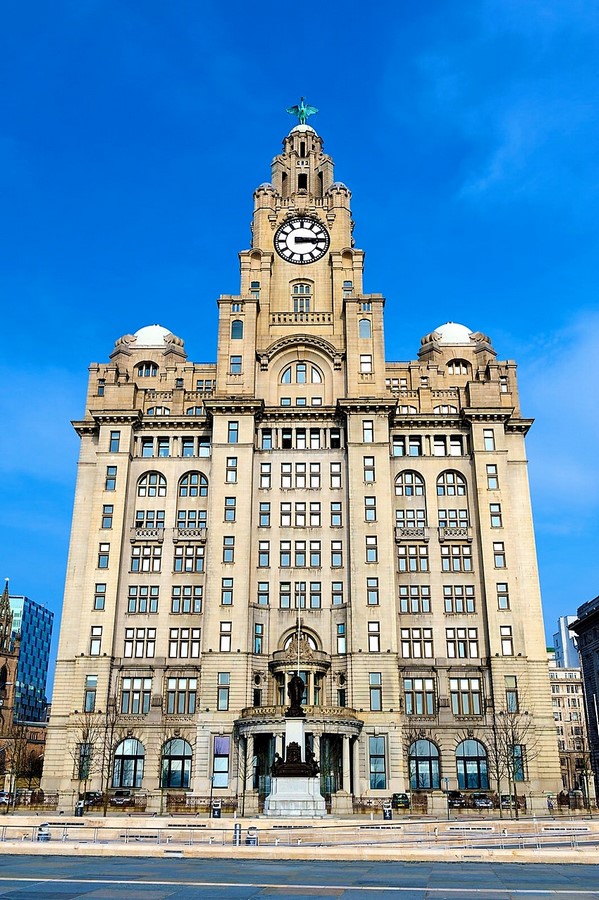
8. Royal Albert Dock | Liverpool Architecture
Completed: 1846
Architect: Jesse Hartley, Philip Hardwick
Style: Industrial
The Royal Albert Dock is the largest collection of heritage buildings in Liverpool. The complex dates back to 1846 when it was built unconventionally from cast iron, stone and bricks, but no timber, to avoid fire hazards, a quality that made this warehouse a trustworthy port for merchants. Once a centre of world trade, it was initially used to store precious cargo like tobacco, sugar and silk but nowadays, it accommodates lavish penthouses, commercial offices and studios, all sold at a premium.
James Stevens Curl (the famed architect and author) explains that “some canal and dockside architecture seemed to point towards a new style where Classical relationships of proportion, solid and void, and integrity of geometry would be paramount, but stripped of all the tyranny of overt use of the Orders, and minus all decorative frippery.”
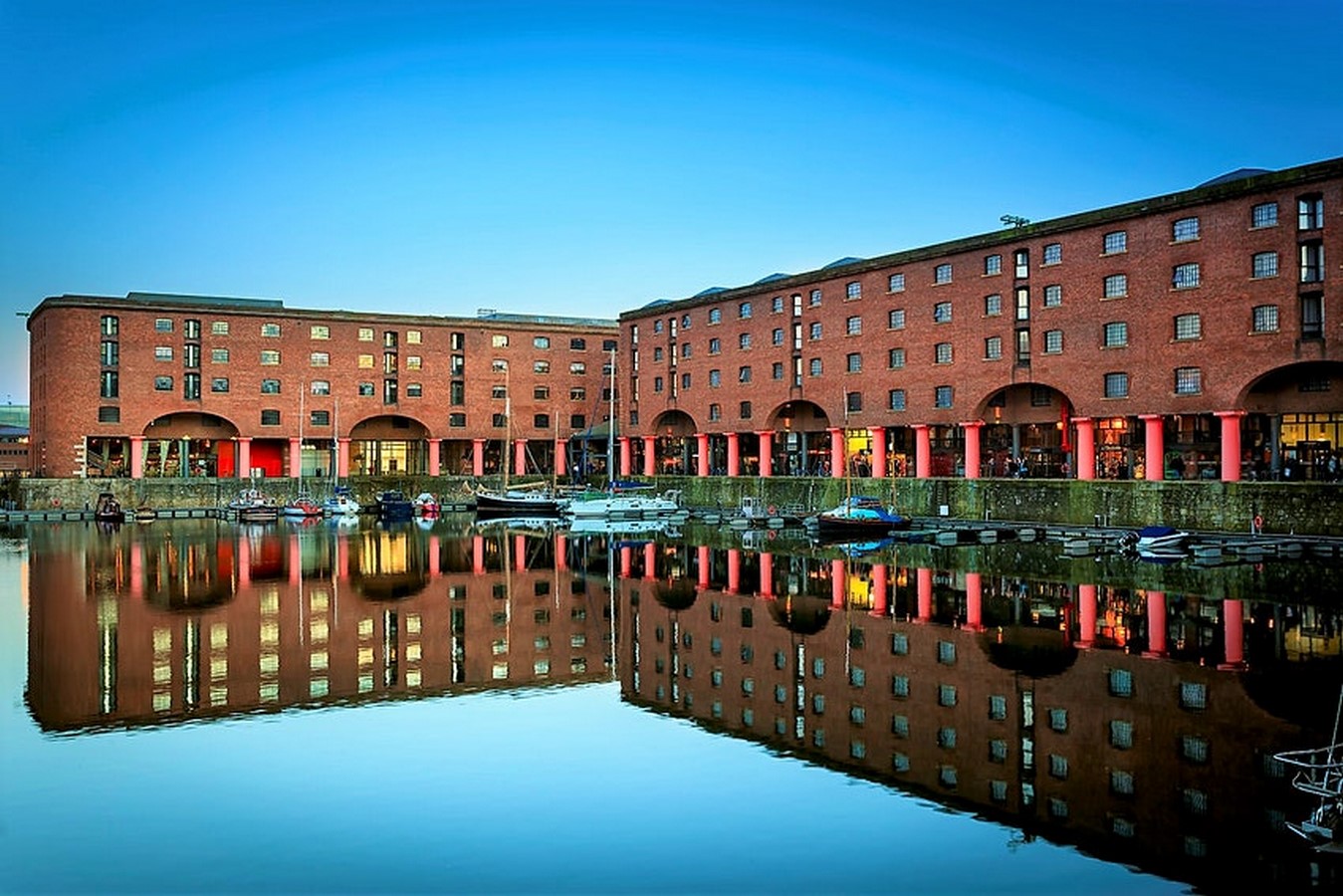
9. Museum of Liverpool
Completed: 2011
Architect: 3XN
Style: Contextual, Contemporary
The location of the site and the orientation of the museum alone projected a myriad of challenges for the designers, who were setting out into a Liverpool neighbourhood with unparalleled architectural significance. Thus, it resulted in a low rise museum building that comes into respectful dialogue with the surroundings and metaphorically bows down to its ancestors, who occupy most of the neighbourhoods.
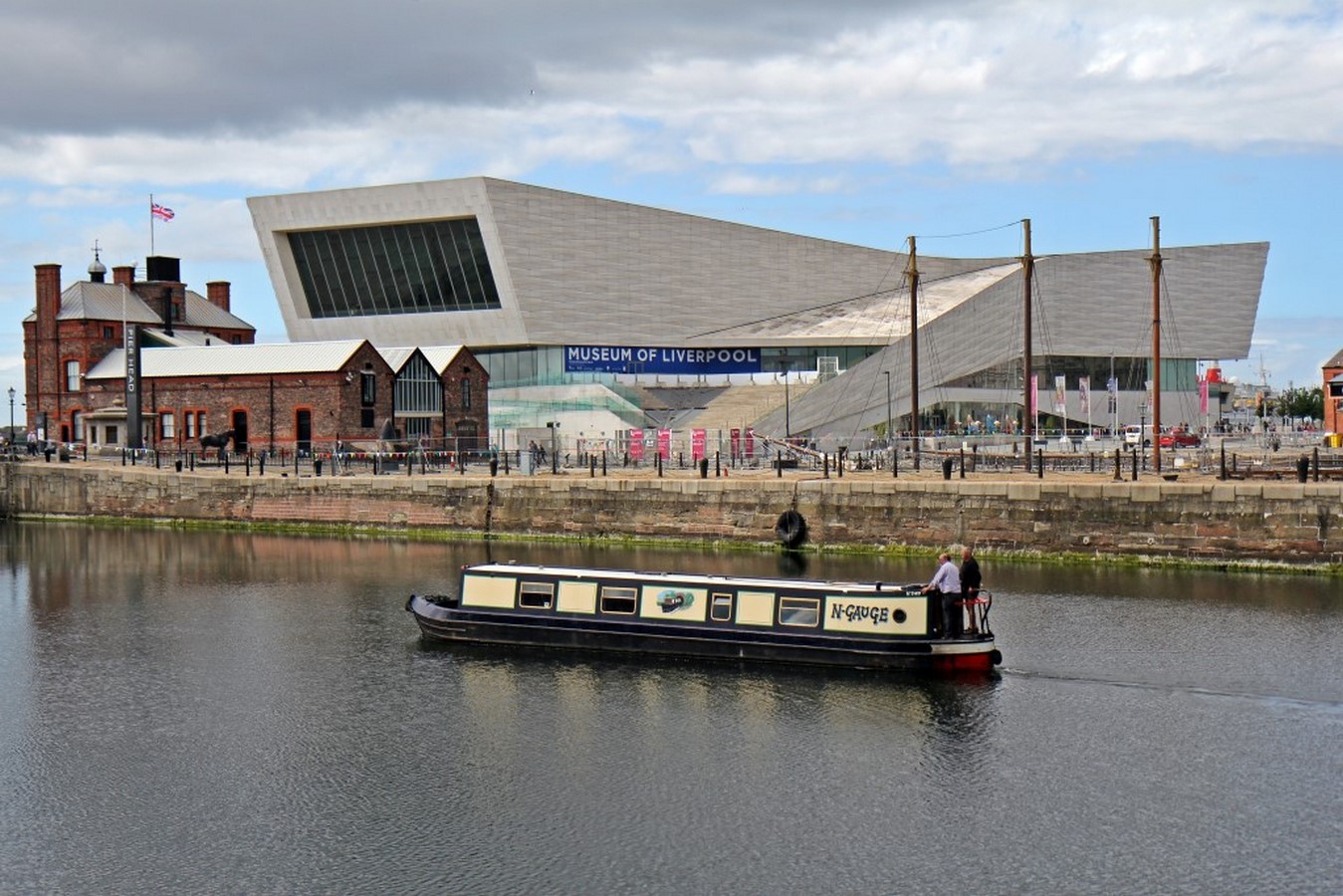
10. The Metropolitan Cathedral of Christ the King | Liverpool Architecture
Completed: 1967
Architect: Sir Frederick Gibberd, Sir Edwin Lutyens
Style: Modern
The Metropolitan Cathedral of Christ the King is a building of its time, the 1960s modern movement. A conical concrete structure, surrounded by a frustum, it’s supported by undisguised trusses and features a roof that’s clad in aluminium and crowned with a hoop of pinnacles. A total of three architects worked on the designs for this church, Edward Welby Pugin, Sir Edwin Lutyens and Sir Frederick Gibberd. However, due to the turbulent decades of the 20th-century, it was Sir Frederick Gibberd whose design in the late 1960s was finally executed.
